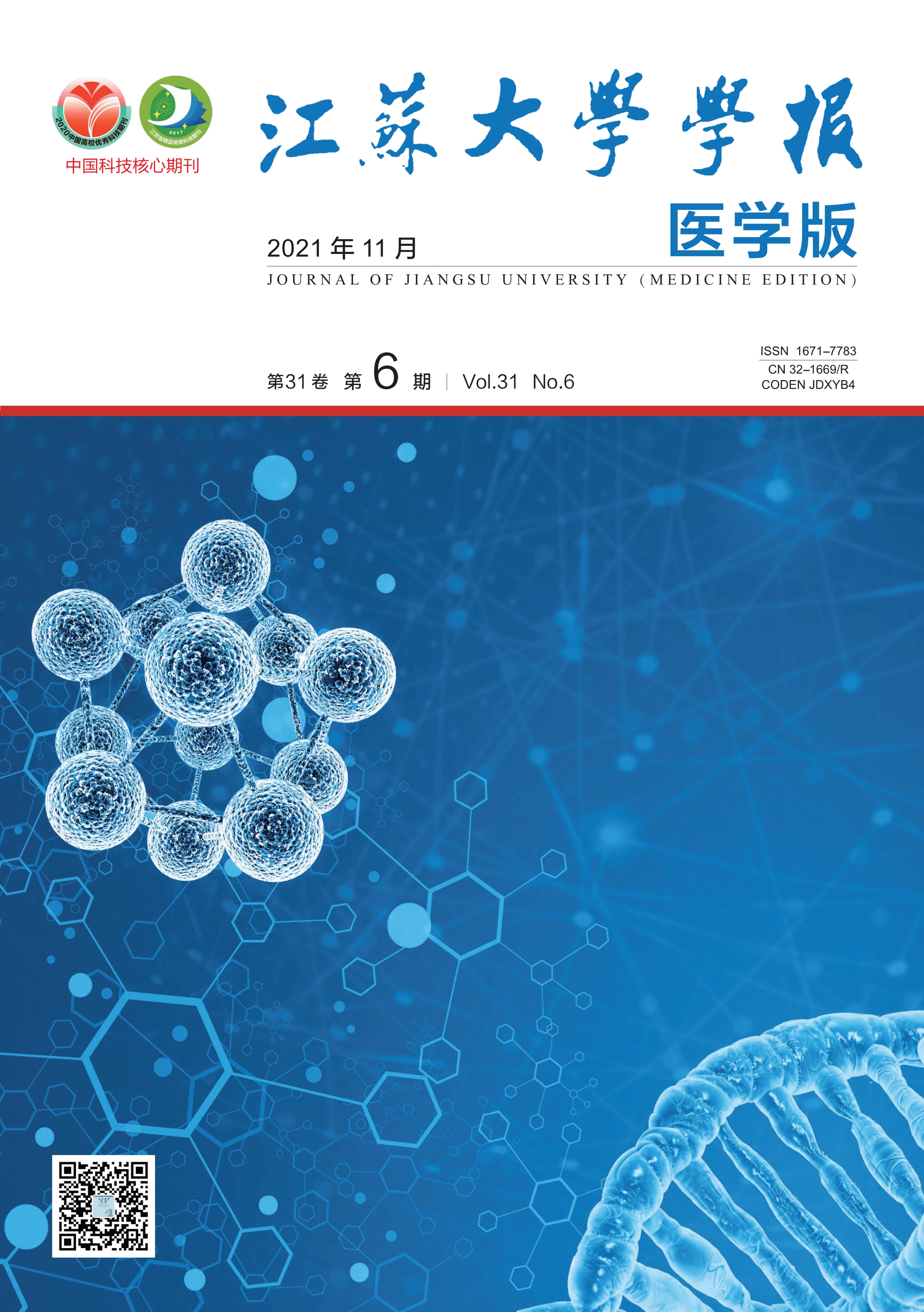2021, 31(06): 517-521,540.
Objective: To explore the effect of kaempferol on ethanol-induced gastric ulcer in mice and its potential mechanism. Methods: Sixty SPF Kunming mice were randomly divided into 6 groups with 10 mice in each group: normal control group, model group, positive control group, kaempferol low, medium and high groups, respectively. Normal control group and model group were given 0.5% sodium carboxymethyl cellulose, and other groups were given ranitidine (100 mg/kg), kaempferol low-dose (31.7 mg/kg), kaempferol medium-dose (63.4 mg/kg) and kaempferol high-dose (126.8 mg/kg), respectively. The gavage volume of all mice was 20 mL/kg, and the mice were continuously given the drug for 7 days. Then the acute gastric ulcer model was established by gavage with 10 mL/kg anhydrous ethanol. The gastric mucosal injury was assessed by ulcer index. The contents of cyclooxygenase-2 (COX-2), prostaglandin E2 (PGE2), TNF-α, IL-1β, IL-6 and NO in serum were detected by ELISA and the expression of COX-2, inducible nitric oxide synthase (iNOS) and NF-κB p65 protein in gastric tissue were detected by Western blotting. Results: Compared with the normal control group, the gastric mucosa of mice in the model group showed obvious blood spots and epithelial cells shedding. Compared with model group, kaempferol significantly decreased gastric ulcer index (P<0.05). Compared with normal control group, the contents of inflammatory mediators COX-2, PGE2, TNF-α, IL-1β, IL-6 and NO in model group were significantly increased, and the protein expressions of COX-2, iNOS and NF-κB p65 were significantly increased (P<0.05). Compared with model group, the protein expressions of COX-2, iNOS and NF-κB p65 and the content of inflammatory mediators in serum in kaempferine group were significantly decreased (P<0.05 or P<0.01). Conclusion:Kaempferol exerts a protective effect on ethanol-induced gastric ulcer, which may be related to down-regulating the contents of downstream inflammatory mediators TNF-α, IL-6 and IL-1β, reducing the activity of iNOS and inhibiting the production of NO by inhibiting NF-κB/COX-2 pathway.
[Key words]kaempferol; ethanol-type gastric ulcer; NF-κB/COX-2 pathway; inflammatory factor; gastric protection
